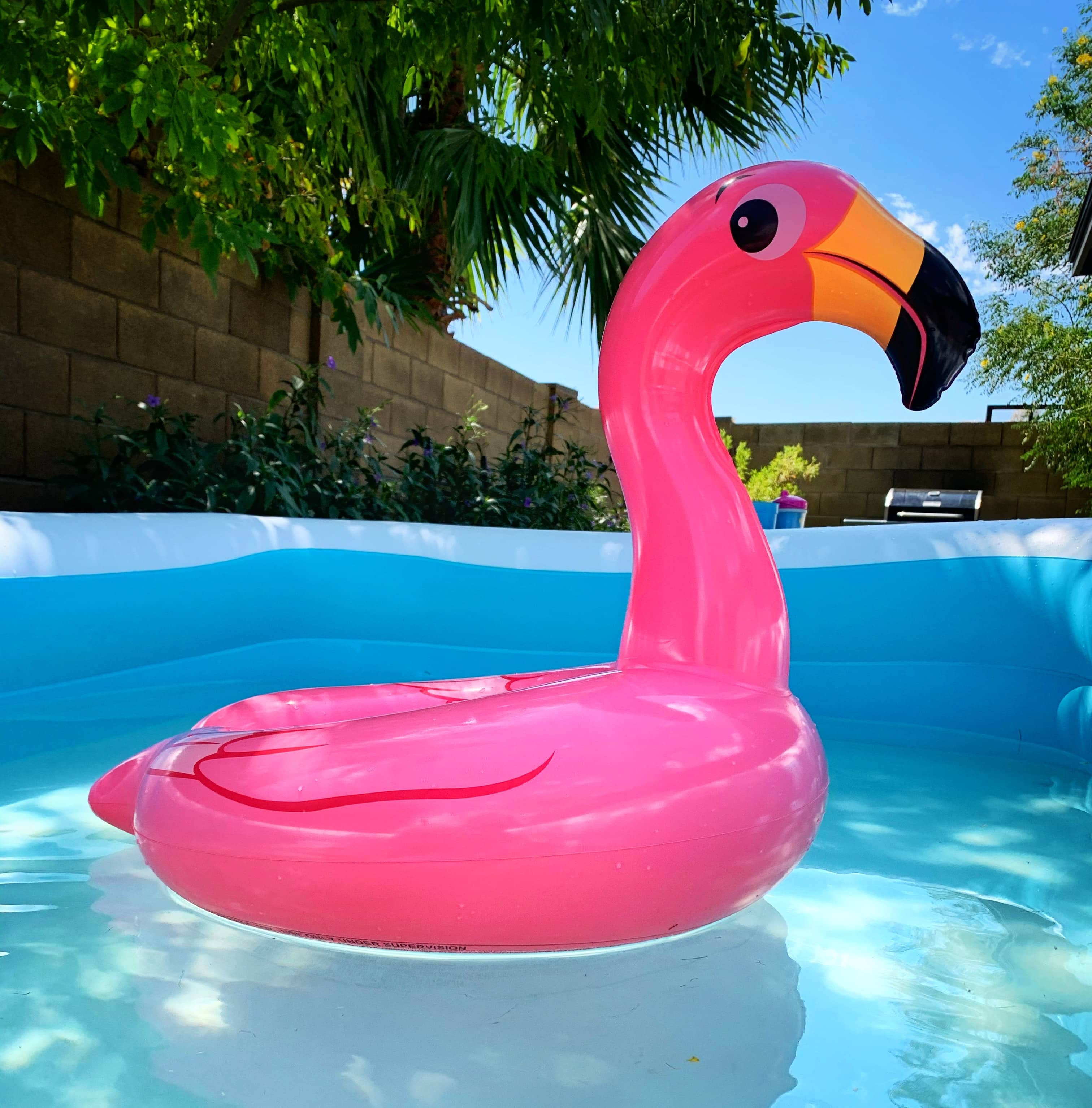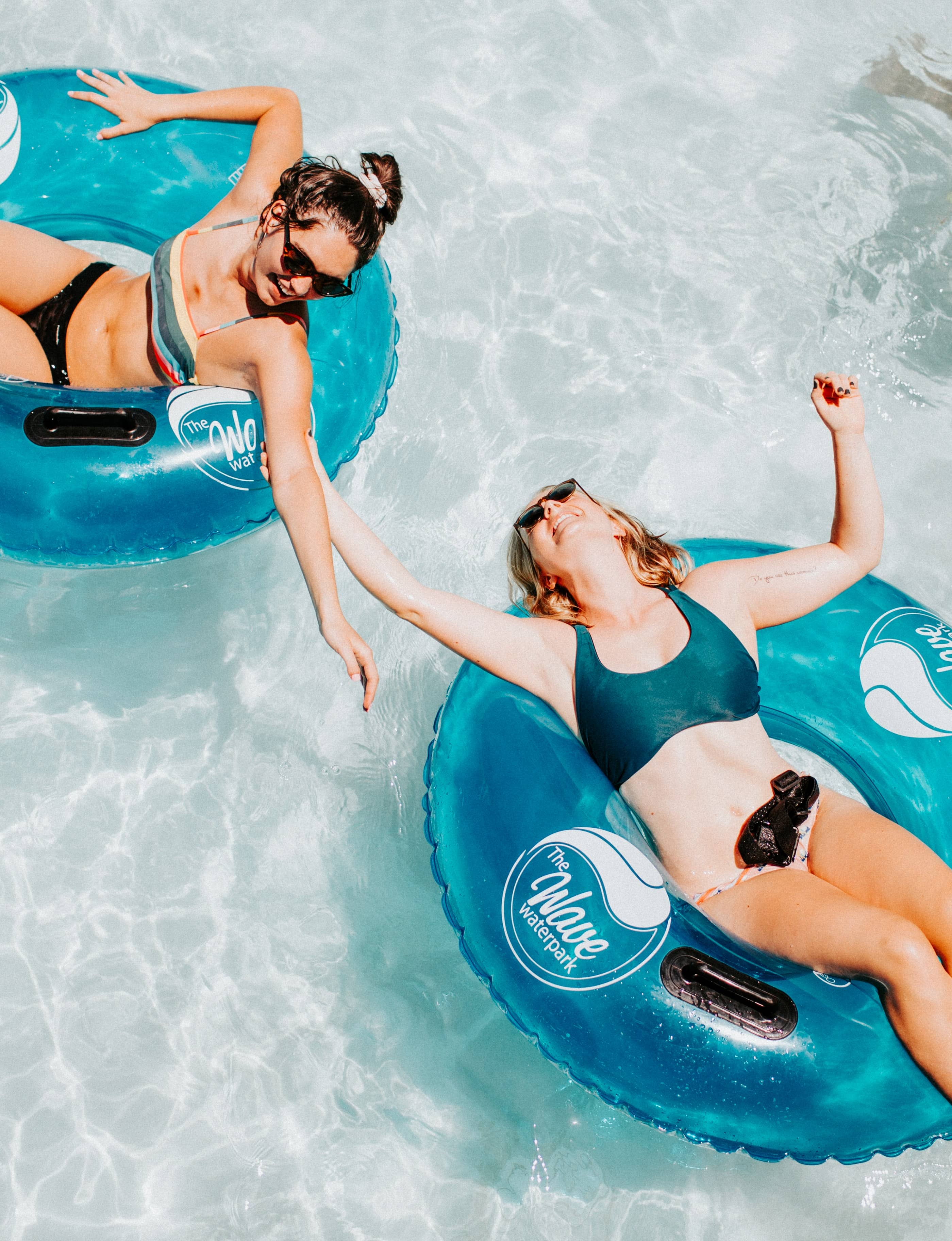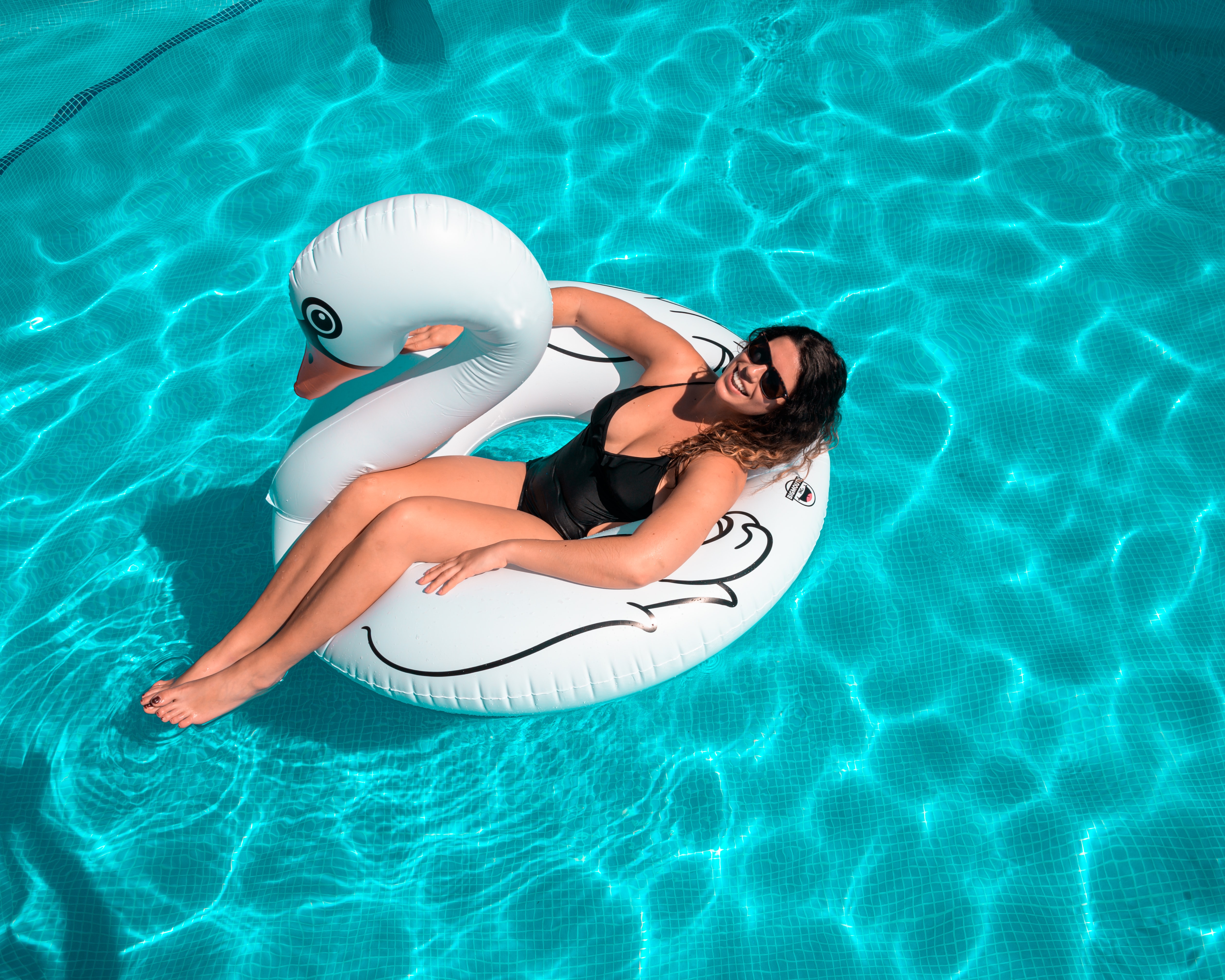An inflatable pool is a must-have thing in every household during the summer season! Your kids will enjoy playing in it on hot days for sure, and besides, if the pool is big enough (and it is possible to find such items on the market today), you can buy one for yourself and relax in cool water when everything is melting under the sun around you.
However, sooner or later the owners of such swimming pools face the same problem: how to keep an easy set pool clean? It is obvious that such common methods as rubbing will not work since then you will destroy the pool’s surface and it will become useless. So what shall you do? This is what we are going to figure out today.
How to Clean An Inflatable Pool
How to keep my blow-up pool clean? This question is asked every time when our inflatable pools get dirty and it’s time to clean them. Generally speaking, the cleaning procedure is rather simple. You drain the water, scrub the lining with a cleaning product, and refill the pool.
That must be done every few days.
As for the very large inflatable pools, those typically don’t need frequent draining. What you have to do is simply sanitize the water and balance its pH regularly by adding various chemicals, such as chlorine or special pH balancers.
Blow-up pools can get dirty for many reasons: in summer, it happens because of dirt and dust that gets into the water, as well as different substances that can accidentally end up in a pool (for instance, drinks or food crumbs). Also, if we leave such a pool filled with water for too long without using it, the water will start getting cloudy and the walls of the pool will eventually develop that unpleasant slimy feeling to the touch that resembles mold.

How to keep your inflatable pool clean step-by-step?
The general scheme looks like this:
- You drain the water
- Dry the pool
- Then apply the cleaning solution you chose before
- Scrub the lining to remove any dirt, dust, and grime
- Then rinse the pool out thoroughly
- And refill it with clear freshwater
These easy actions will help you to reduce the time needed for cleaning the inflatable pool, and besides, the cleaner it is the fewer chances that you or your family members will get sick because of the pure water quality! Now let’s see in detail what each step includes.
Inflatable Pool Cleaning A to Z Guide
So first of all, you need to start with draining all the water out of the pool.
How do you know it is time to do that?
The yellowish or greenish color
If the water in your pool needs to be changed, it will usually look cloudy and have an either yellowish or greenish color. Besides, you can feel the slimy residue on the walls of the pool from inside. To drain the water, simply use the drain plug that such pools usually have near the bottom. In case your pool has no such plug, you will have to deflate it a bit to let the water run out.
Dry the pool
The next step will require a certain effort since you need to dry the pool. That means that after completely draining it, you will need to wipe its inner side with a towel or cloth. However, if the pool got slimy inside already, don’t bother wiping it.
Prepare a cleaning solution
The next step to take is to prepare a cleaning solution and apply it on to the pool’s inside part. Of course, you could use sanitary wipes like those that Lysol offers, but in this case, you will need too many of them. It is much simpler to make your own homemade sanitizer.
Just mix some bleach or any liquid that contains sanitizer in it into a bucket with water (take half a cup of product for every six cups of water) and fill the pulverizing bottle with it. And then just spray it onto the inside part of the pool!
If your pool has already developed mildew or build-up on its walls, feel free to make this solution even stronger.
Scrubbing time
Now that the pool is sanitized, it is time for scrubbing. It will help you to lift up any slimy residue or grime and make further cleaning easier. For scrubbing, it will be enough to make use of some soapy water.
Do not forget to rinse the pool out
Afterward, rinse your blow-up pool out either using a garden hose or simply flashing it with water directly from the bucket. You might need to do several rinsing sessions since your goal is to completely remove the cleaning solution and soapy leftovers before you fill the pool again.
Refill the pool
Finally, when all the previous steps are completed, you can safely refill the pool with fresh water. Such a procedure needs to be taken every three to four days depending on how intensively you use the pool, as well as the quality of water you use.

How to Keep an Inflatable Kiddie Pool Clean
When it comes to maintaining kids’ inflatable pools, things get somewhat simpler. These pools are smaller, and even though they don’t usually have a filter, keeping a kiddie pool clean is easier mostly thanks to its size.
Nevertheless, since kids’ pools tend to get dirty faster because children trek all sorts of debris into them (e.g. dry grass, dirt, etc.), cleaning such pools must happen more often, usually every two or three days so that the water remains clean and safe.
How to keep the kiddie pool clean?
First of all, remember to make use of a skimmer net for a kiddie pool water treatment. With its help, you will easily remove all the debris from the water.
Second, try to empty and clean the kiddy pool after each use. They are small enough to do this daily, and as a result, you will get a constantly clean and sanitized swimming blow-up pool for your kids.
To clean it, simply drain the water, wipe the pool from inside using any cleaning liquid, such as mild dish soap (a mix of bleach and water will do as well), and then rinse it thoroughly. After you dry the pool and ensure there is no cleaning product residue inside, refill it with fresh water.
Finally, a small tip for you. If you ever wondered how to keep kiddie pool water clean, try to cover the pool after each use if you don’t feel like refilling and cleaning it daily. With the cover on, the water inside of it will last longer, besides, a cover will help to keep it clean since no debris will get inside.
https://youtu.be/s8cecjvSjxk
How to Keep Pool Water Clean Without Chemicals
It does not matter whether you need to know how to keep a kiddie pool clean without chemicals or how to do that with a full-size pool for adults, the methods will basically be the same. Using chemicals-free means can be the same effective as their store-bought alternatives, and at the same time, they will be much safer and gentler to your skin.
So if you decide to go green and avoid using artificial pool cleaners, here is a great hint for you on how to do it with no effort.
All you need to do is to add one cup of distilled white vinegar right into the pool water and mix it around. And that’s it!
Don’t worry, the water will not smell of vinegar, and moreover, your kids (or you) will definitely not get burns on your skin like those you might have if you did something similar only using chemicals.
If you add vinegar daily, it will be possible to change the water in your pool once a week or even less frequently instead of doing this every two days! And of course, if you make use of additional measures like using a skimming net and covering the pool to protect it from dust, changing water will be needed way less often.
How to Keep a Pool Clean Without a Filter?
Normally, most of the pools have an in-built filter. But what if yours doesn’t? How do you clean it then? Don’t worry, it is still possible to do it even though the process will take you somewhat more time.
To keep your inflatable pool clean if it has no filter, use the following methods:
- A skimming net
- A pool cover
- An oil sponge
- Pool chemicals
And since it is all clear with the net, chemicals, and the cover for the pool, the oil sponge needs some explanation. See, it is a special oil-absorbing sponge that can soak up any oil or residue left in the water.
It is especially handy if you apply sun protection sprays or lotions onto your kids before letting them jump into the pool.
With these tips, your kids’ pool will remain clean and the water in it fresh way longer with the minimum of effort.
[wp-faq-schema title=”Frequently Asked Questions”]

Is it OK to use bleach in a kiddie pool for cleaning it?
Will that not cause any harm to my kid’s skin?
I’d say using bleach is fine if you rinse the pool thoroughly afterward so that no chemical is left on its walls. But as for me, non-chemical cleaning methods are way better. Personally I add a cup of distilled white vinegar into the pool, and it remains clean for days!
Hi! Can you advise me on the best kiddie pool cleaner? If it’s chemicals-free, it will be even better. Thanks!
I don’t know about the commercial products of that kind, but I just add some white vinegar (distilled) into the pool filled with clean water. It allows the water to remain fresh for a week and sometimes even more, and there is no smell. Besides, kids can swim right after I dilute the vinegar in their pool since it’s absolutely safe.
Does anyone know how to keep a kiddie pool clean with salt?
Yeah, I make salt water for our kiddie pool! You take ½ lb of salt and dissolve it in hot water. Then pour this mixture into the pool filled with water, stir, and leave for 24 hours. Then scrub the pool with a rag and dump the water out. That’s it! Works perfectly!